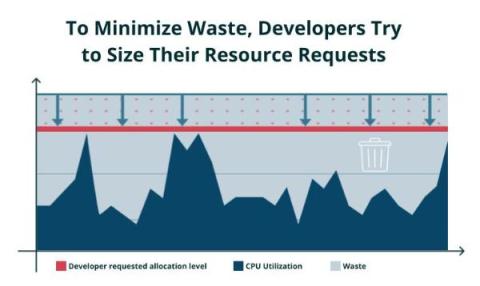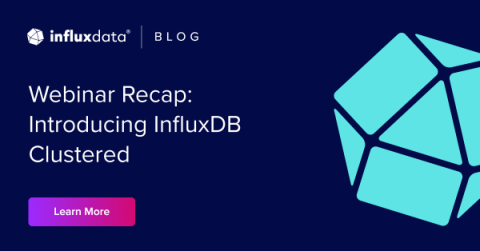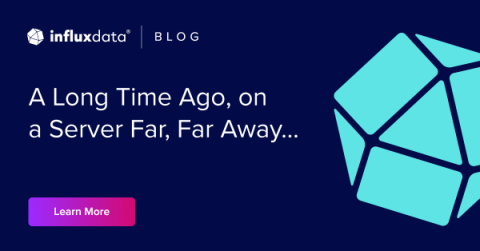Why Cloud Unit Economics Matter
In our first blog post, we introduced the concept of cloud unit economics—a system to measure cost and usage metrics. It helps maximize cloud value for better outcomes per dollar spent. We reviewed what cloud unit economics is, why it’s crucial to FinOps success, and how it enables organizations to unlock the full business value potential of cloud computing.











